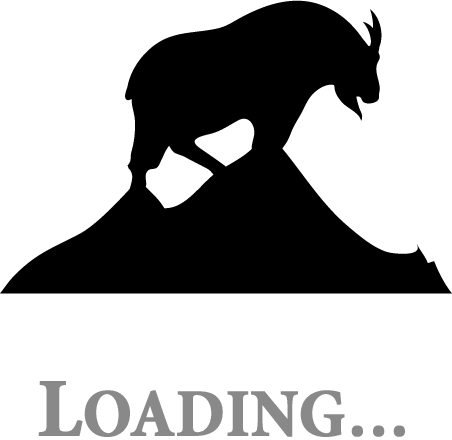High-vis wearing deer spotted in McBride
The BC COS are asking for the public’s help to confirm the health of the animal while conservation officers determine a course of action.

By Andrea Arnold
I have lived in McBride for many years and most of the “small town” activities hardly turn my head at this point. However, as I drove home Sunday afternoon, I slowed way down and took not only a double look, but a triple look and probably more as a deer made its way across Highway 16 and up the hill towards the Kilin restaurant. Deer crossing the highway do not make news. But this one was sporting the latest in high visibility workwear. A black and yellow long sleeved top. I couldn’t tell if it was a jacket, sweatshirt or a long sleeve t-shirt.
I took the exit onto the frontage road and was able to snap two photos of it before it headed into the woods around the Dominion Creek trail area.
I posted my photos on Facebook, and quickly heard that Joe Rich had also taken a photo.
“I was only about 50 feet from the deer,” said Joe. “It looked like it was a zipper rain jacket type of coat. It was definitely zipped up.”
I personally have to put coats on my dog when it’s cold out and she fights me even though there is a good level of trust between us. I can’t imagine trying to dress a deer.
Most of the comments on Facebook were either as confused as I had been, or just funny. One individual commented that I’d caught a deer on its way to work. Others said that it was about time deer started being safe around the highway.
Among the amusement was a good collection of concerns too. Questions remain unanswered like who is responsible, and how did they do it? But also, what do we do now?
With the loose fitting fabric, the deer could get tangled up and hung up on a branch or a tree.
Rich also brought up the point that when you have an animal with a broken leg, their skin and fur under a bandage gets really smelly really fast. His concern is for the health of the animal and would like to see the jacket removed. Although, he is unsure how that would have to be accomplished.
Conservation Officers have been made aware of the situation. Sgt. Eamon McArthur says that although the animal is currently mobile and able to feed, there are concerns that if the jacket is secured onto the deer that it may get caught on the woods, panic and cause itself injury. He says there is a chance that it may tear and fall off, but knowing that most high-vis clothing is made of sturdy material, he thinks that is unlikely.
“I am floored that whoever did this was able to do this,” he said.
McArthur says that if someone has hand-raised an injured fawn, they may have been able to put the jacket on, but other than that scenario, he can’t imagine it was an easy task.
COS recommends that the public keep their distance from wildlife in general as any direct interaction causes undue stress upon the animals. Harassment — meaning to “worry, exhaust, fatigue, annoy, plague, pester, tease or torment” — of wildlife is a violation under the BC Wildlife act. McArthur stated in an interview with CTV that the dressing of this deer would qualify as harassment.
They are asking for the public’s help to confirm the health of the animal as they determine a course of action. If they receive reports of regular sightings around town, it will allow them to track the deer’s movements through the day. Also, they would like to get reports as to the state of the jacket — is it still firmly in place or has it started falling off?
“If someone sees the deer at the same feeding spot at a certain time of day, we can come, and be there when it is eating,” he said.
If it comes to action being needed, the COS will locate the deer, use a dart to give it a tranquilliser dose, and cut the coat off. McArthur says they have to move quickly once the tranquilliser has been administered. The level of adrenaline surging through a deer can cause it to metabolize the tranquilliser quickly.
If locals see the deer, they are asked to contact the RAPP (Report All Poachers and Polluters) line at 1-877-952-7277 or #7277 on the TELUS Mobility Network.


